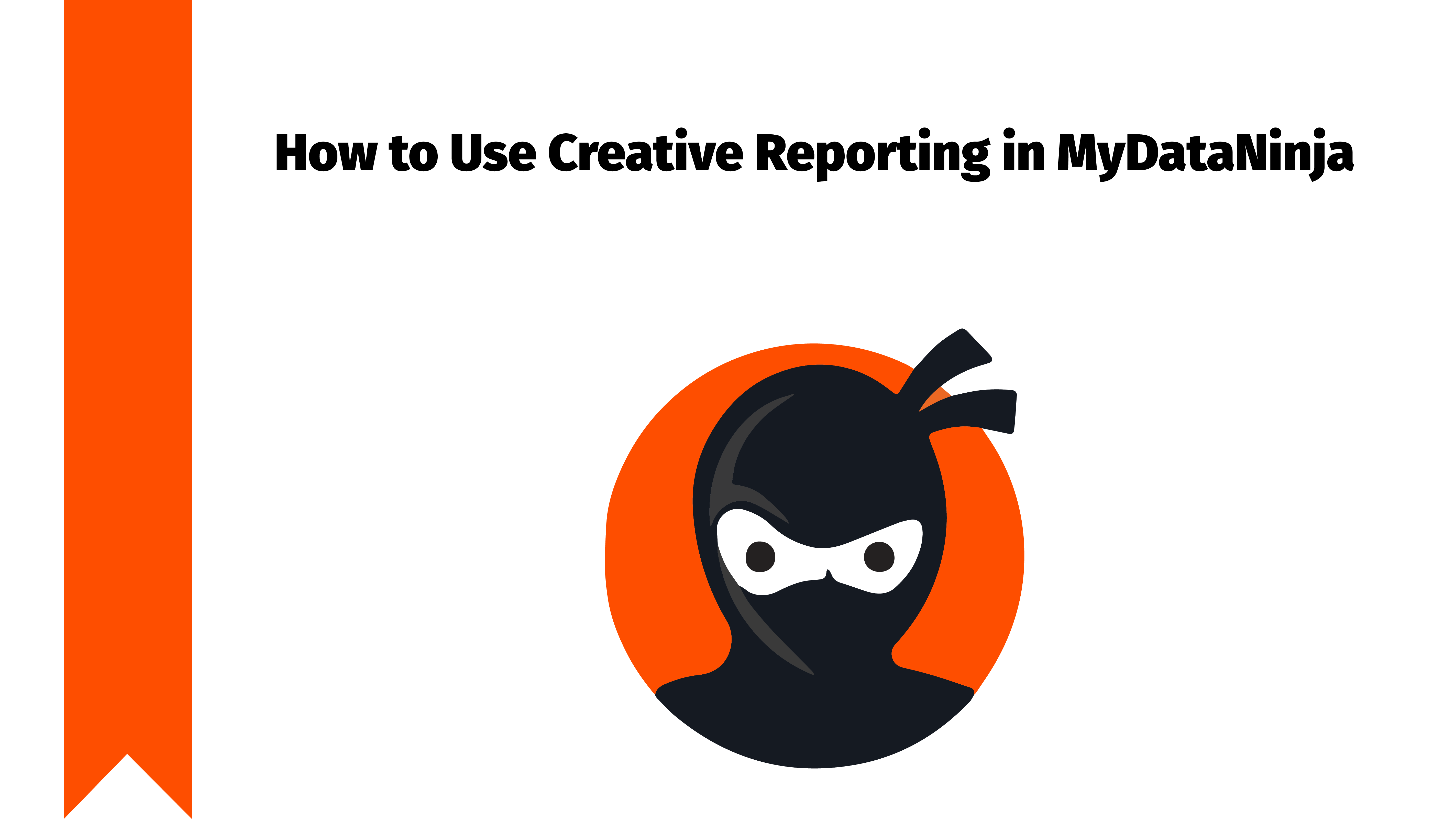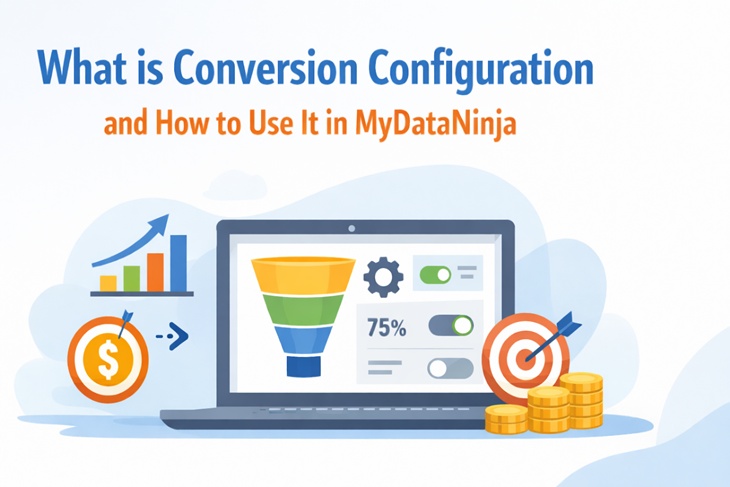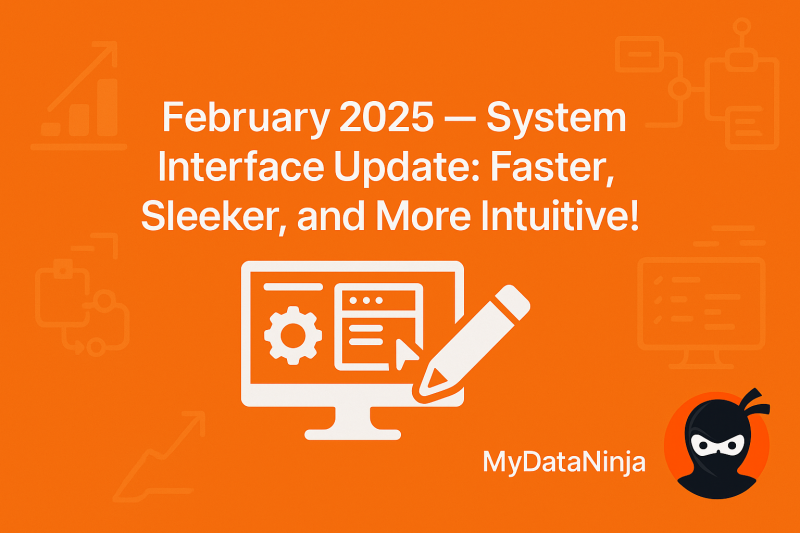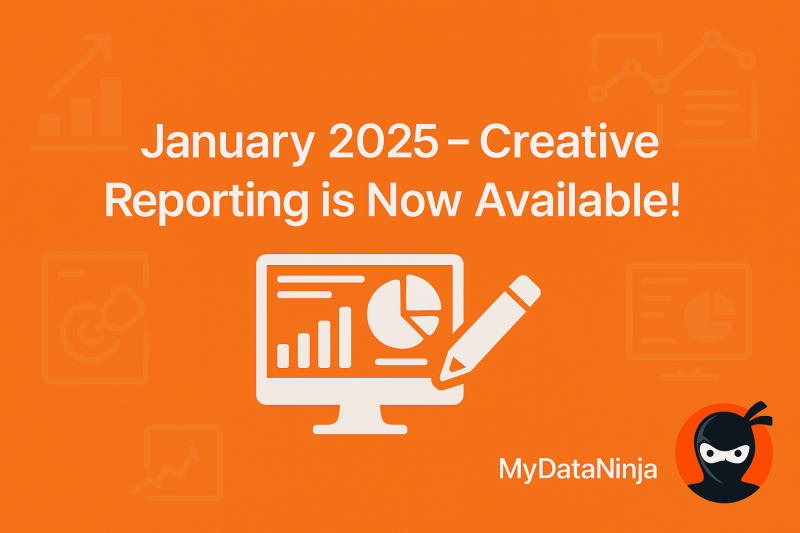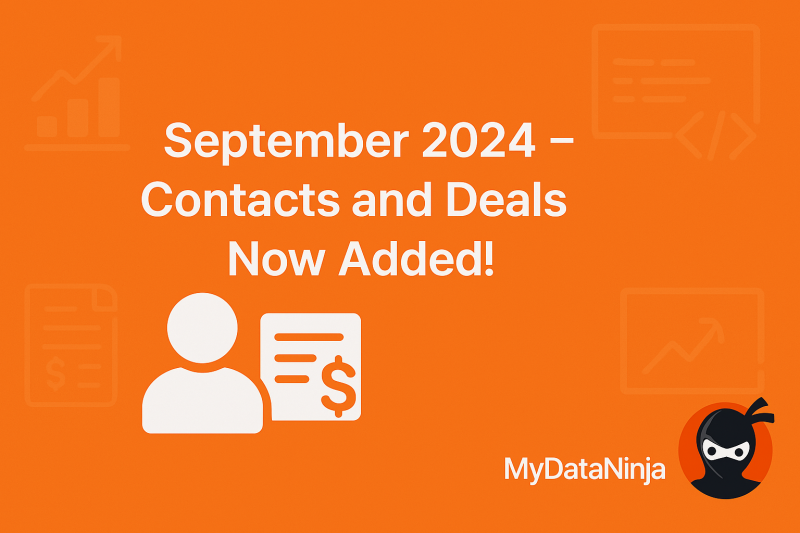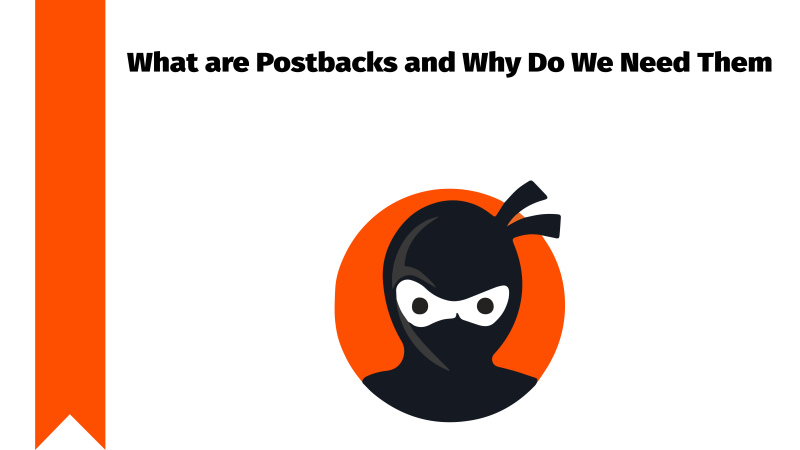
Postbacks are URLs, specially designed to receive or give out data, and they are quite flexible while getting that information. Many Affiliates and Networks, and not only them are using Postbacks to exchange data, which makes it important for Digital Marketers to have.
They are one of the ways you can receive data in the MyDataNinja platform, others are CRM and API. All this makes it comfortable to integrate different systems.
There are 2 kinds of postbacks in MyDataNinja, Receiving which means others can send you the data by those URLs, and Outgoing, meaning you can send data by adding some other company’s Postback URLs there.
How to Create a Receiving Postback URL
After signing in, inside the application, on the left side you will see the menu, click the postbacks. After going to the postbacks window, click “Add new postback”. You will be redirected to a new page.
After going to the postback creation window, on the left side of the page, you should create a name (required), then choose the currency and override parameters (both optional, you can choose the parameters by your choice).
On the right side of the page, you can see parameter options. After filling up everything, you can click the “Create” button to generate your postback URL, after that, you can copy and use your postback. You can send data via GET and POST methods.

How to Create Outgoing Postback URL
The process is basically the same, but first, you have to go to the “Outgoing postback” page, and then click the “Add New Postback” button.

After going to the creation page, the first thing you will see is the parameters that you have to choose. After scrolling down, you will see name and URL windows, fill out the name window, and click Create. And your outgoing postback is created. Now you can copy it and use it.
As I’ve mentioned in the receiving postback, you can send data via both, POST and GET methods.

What Are Postback Parameters
Postback parameters are features that give you the ability to acquire data, there are different types of parameters. For example:
- Transaction ID – Unique per Postback (unique postback ID)
- Click ID – Unique Click ID
- Currency – Choose the currency you want to use
- Event ID, user ID – Tracking parameters, generated by NJpixel, read more here: Tracking With Postbacks
- Value – Value parameter, with this parameter, you get data about income.
- Data 1-2-etc. – Any Additional postback parameters you need to use.
WARNING: User ID and Event ID are necessary parameters for the postback to attach the Ad. Without them, you can not attach advertisements to Postbacks.
You should include Value and preferably Currency, this is a must for MyDataNinja to work correctly. If you don’t include currency, your value will be displayed as a system currency.

Postback features
On both pages, received postback and outgoing postback, in the postback log window, there will be received data from that postback URL, and in the postback window, there will be your already created postback URLs. You can also delete or edit your Postback URL from this page.

In the received postback window, there is a filter option for event ID, User ID, Ad name, and select accounts.





